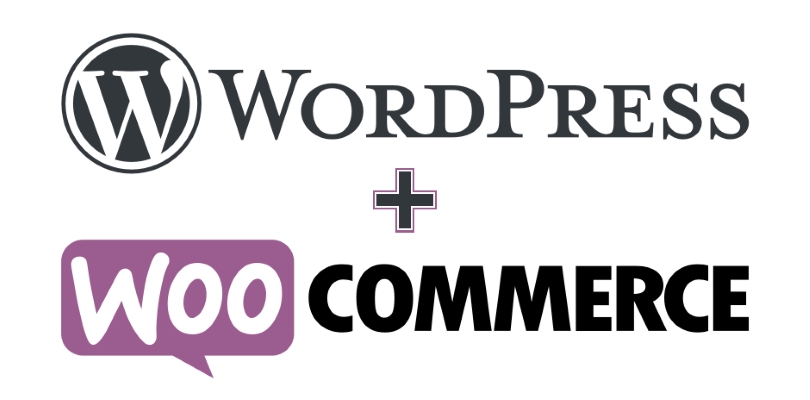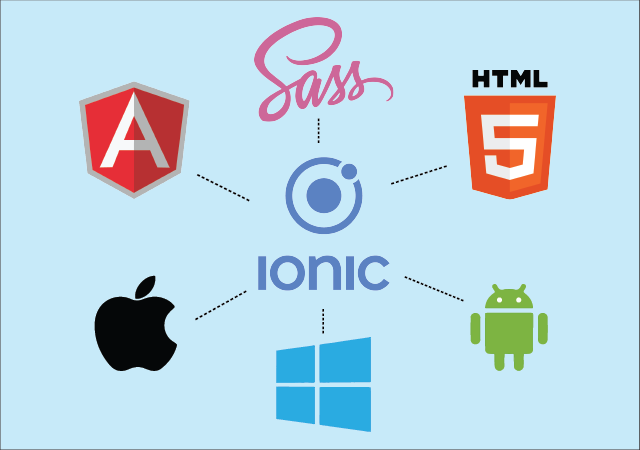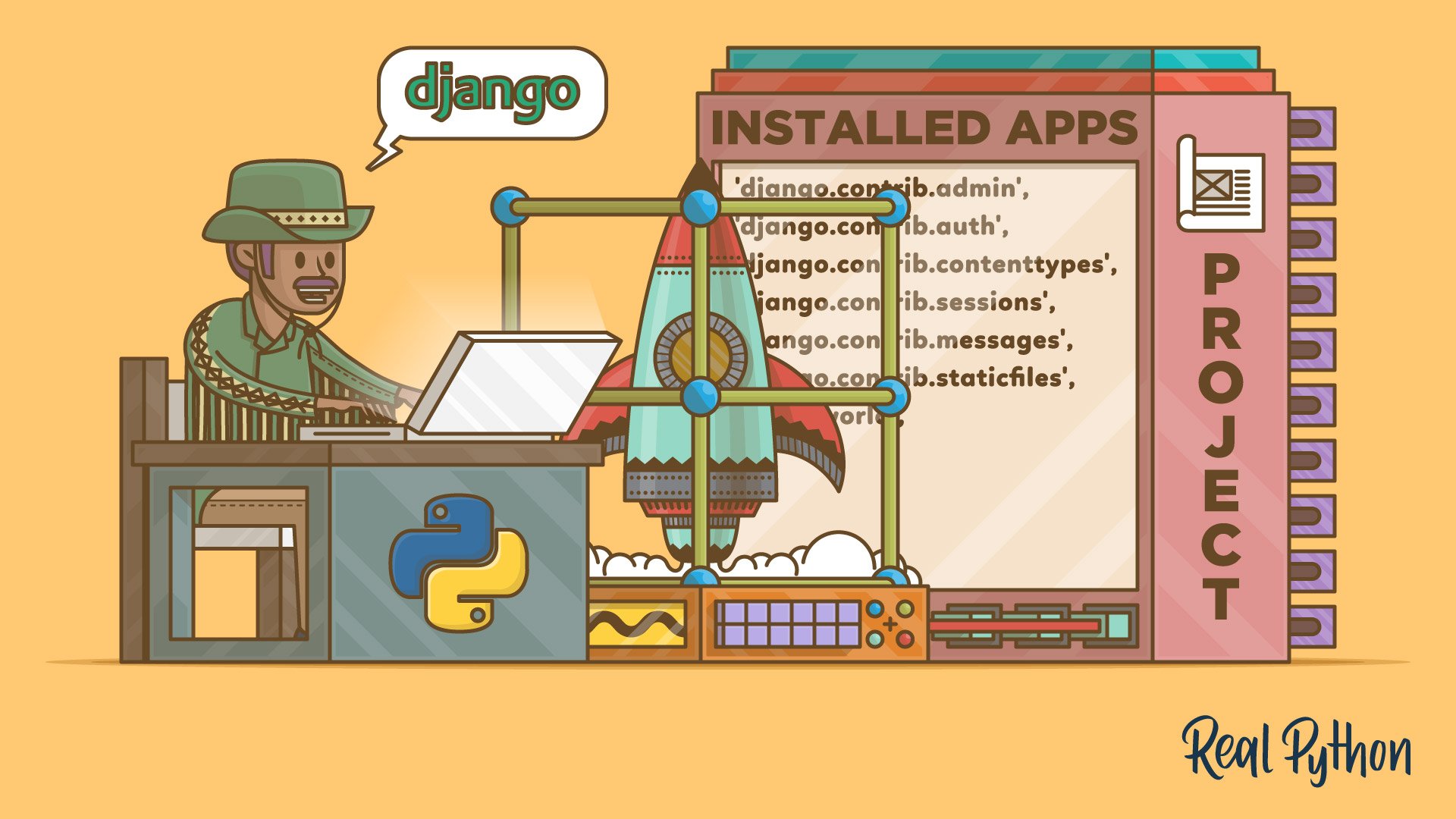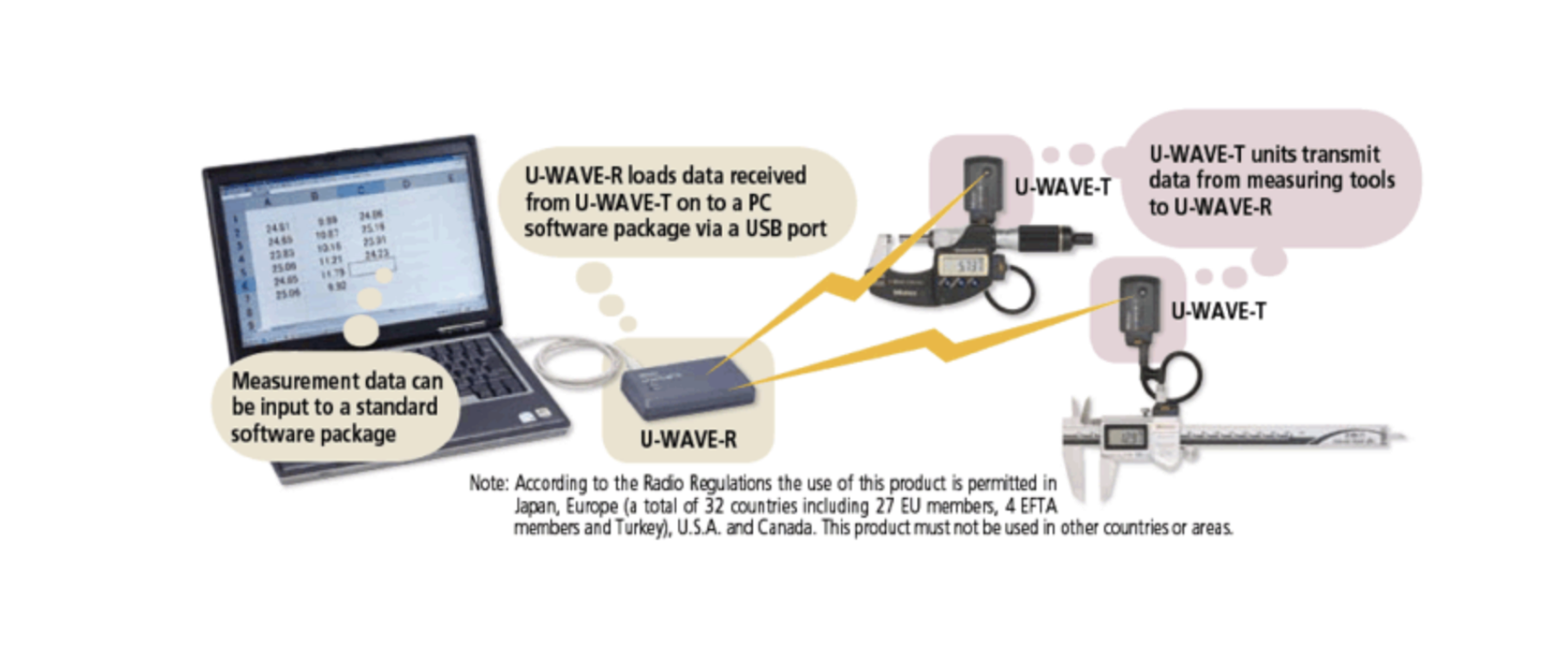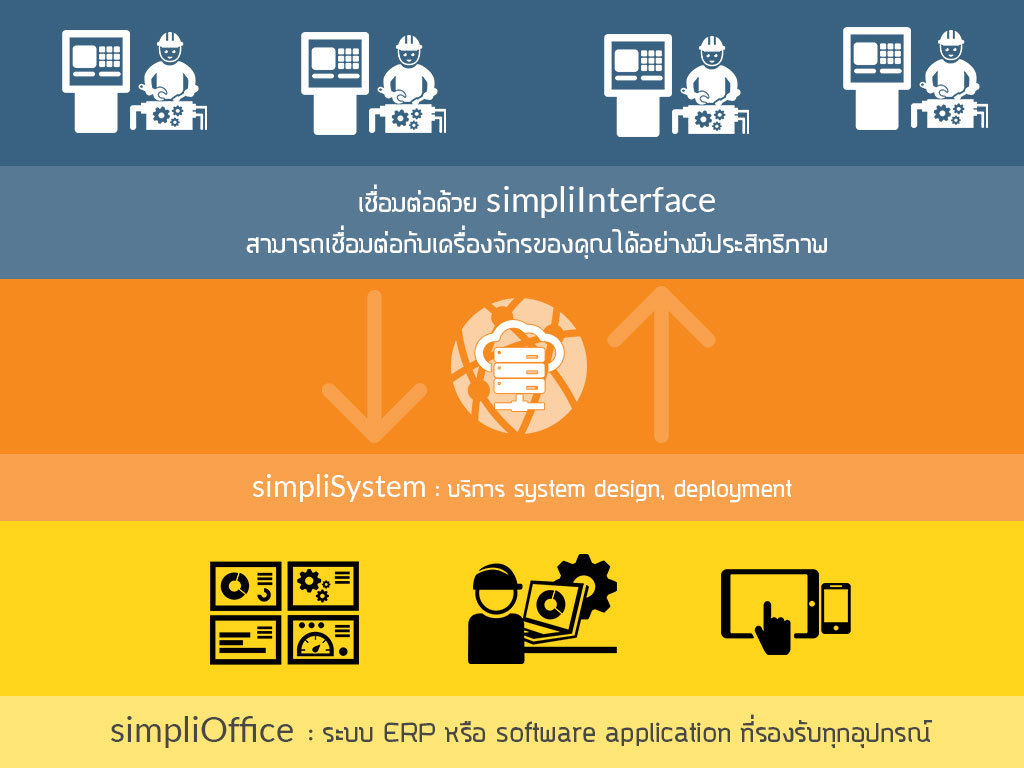Comparing Features and Complexity of ERPNext and Odoo
Enterprise Resource Planning (ERP) systems are integral to managing various business operations efficiently. Two prominent open-source ERP solutions are ERPNext and Odoo. This article provides a comparative analysis of their features and code complexity to help organizations and developers make informed decisions.
Overview of ERPNext and Odoo
ERPNext
- Background: Developed by Frappe Technologies, ERPNext is a comprehensive, open-source ERP system written in Python using the Frappe framework.
- Philosophy: Aims for simplicity and ease of use, targeting small to medium-sized businesses.
- License: Distributed under the GNU General Public License (GPL).
Odoo
- Background: Formerly known as OpenERP, Odoo is an open-source ERP and CRM platform developed by Odoo S.A., also written in Python.
- Philosophy: Focuses on flexibility and scalability, catering to businesses of all sizes.
- License: Offers both a Community Edition (LGPL) and an Enterprise Edition with proprietary features.
Feature Comparison
Core Modules
| Feature | ERPNext | Odoo |
|---|---|---|
| Accounting | Yes | Yes |
| Customer Relationship Management (CRM) | Yes | Yes |
| Sales Management | Yes | Yes |
| Purchasing | Yes | Yes |
| Inventory Management | Yes | Yes |
| Manufacturing | Yes | Yes |
| Human Resources (HR) | Yes | Yes |
| Project Management | Yes | Yes |
| E-commerce | Basic Web Shop | Advanced E-commerce |
| Point of Sale (POS) | Yes | Yes |
| Website Builder | Basic | Advanced |
| Marketing Automation | Limited | Yes |
| Helpdesk | Yes | Yes |
Detailed Feature Analysis
1. Accounting
- ERPNext: Provides robust accounting features including general ledger, accounts payable and receivable, bank reconciliations, and multi-currency support.
- Odoo: Offers comprehensive accounting functionalities with additional features in the Enterprise Edition, such as advanced reporting and international accounting standards compliance.
2. CRM
- ERPNext: Includes standard CRM features like lead management, opportunity tracking, and customer communications.
- Odoo: Provides an extensive CRM module with advanced features, including sales forecasting, marketing campaign management, and integration with other apps.
3. Manufacturing
- ERPNext: Supports manufacturing operations with bill of materials (BOM), work orders, and production planning.
- Odoo: Offers advanced manufacturing features, including quality control, maintenance, and PLM (Product Lifecycle Management), with some features exclusive to the Enterprise Edition.
4. E-commerce and Website
- ERPNext: Has basic e-commerce capabilities, suitable for simple online stores, and a basic website builder.
- Odoo: Features a more advanced e-commerce platform with a drag-and-drop website builder, customizable themes, and SEO tools.
5. Customization and Extensibility
- ERPNext: Allows customization through the Frappe framework, with options to create custom apps and forms without deep programming knowledge.
- Odoo: Highly extensible with a modular architecture; a vast ecosystem of third-party apps and plugins is available, especially in the Enterprise Edition.
6. Mobile Accessibility
- ERPNext: Offers a responsive web interface and a mobile app with essential features.
- Odoo: Provides a mobile app with a more polished interface and broader functionality.
7. Community and Support
- ERPNext: Maintains an active community with forums and regular conferences. Official support is available from Frappe Technologies.
- Odoo: Has a larger community and extensive documentation. Offers professional support, especially for the Enterprise Edition.
Complexity Comparison
Analyzing code complexity provides insights into the maintainability and scalability of software. We utilize metrics generated by the Lizard code analysis tool to compare ERPNext and Odoo.
Complexity Metrics
| Metric | ERPNext | Odoo |
|---|---|---|
| Total NLOC | 264,640 | 111,392 |
| Average NLOC per Function | 14.9 | 13.3 |
| Average Cyclomatic Complexity (AvgCCN) | 3.0 | 3.1 |
| Average Tokens per Function | 92.9 | 100.3 |
| Function Count | 15,279 | 6,995 |
| Warning Count | 221 | 167 |
| Function Warning Rate | 1% | 2% |
| NLOC Warning Rate | 7% | 11% |
Interpretation of Metrics
1. Total NLOC (Logical Lines of Code)
- ERPNext has a larger codebase, indicating potentially more features or a different coding style.
- Odoo has a smaller codebase, which could mean less code to manage but might concentrate complexity.
2. Average NLOC per Function
- Both systems have similar average function lengths, with Odoo's functions being slightly shorter.
3. Average Cyclomatic Complexity (AvgCCN)
- ERPNext: 3.0
- Odoo: 3.1
- Both systems have comparable control flow complexity per function.
4. Average Tokens per Function
- Odoo has more tokens per function, suggesting denser code and potentially more intricate logic within functions.
5. Function Warning Rate and NLOC Warning Rate
- Odoo has a higher percentage of functions triggering complexity warnings.
- ERPNext has a lower proportion of complex functions relative to its size.
Complexity Implications
- Maintainability: ERPNext's lower complexity rates may make it easier to maintain and understand.
- Development Effort: Odoo's higher density of complex functions might require more effort during development and debugging.
- Scalability: Both systems are scalable, but the code complexity could affect how easily new features can be added or modified.
Strengths and Weaknesses
ERPNext
Strengths:
- Simplicity and Ease of Use: Designed to be user-friendly with straightforward navigation.
- Lower Code Complexity: Easier for developers to maintain and contribute to the codebase.
- Cost-Effective: Fully open-source without separate enterprise licensing costs.
- Customization: Easy to customize using the Frappe framework.
Weaknesses:
- Less Extensive Feature Set: May lack some advanced features present in Odoo, particularly in specialized areas.
- Smaller Community: While active, the community is smaller compared to Odoo's.
Odoo
Strengths:
- Rich Feature Set: Extensive modules covering a wide range of business needs.
- Flexibility and Extensibility: Highly modular with numerous third-party apps and integrations.
- Advanced E-commerce and Website Tools: Offers sophisticated tools for online businesses.
Weaknesses:
- Higher Code Complexity: Potentially increases the difficulty of maintenance and customization.
- Licensing Costs: The Enterprise Edition, required for some features, involves licensing fees.
- Steeper Learning Curve: Complexity might result in a longer onboarding process for developers.
Conclusion
Both ERPNext and Odoo are powerful ERP systems with their own strengths. ERPNext is suitable for organizations seeking a straightforward, cost-effective solution with lower code complexity, making it easier to maintain and customize. Odoo is ideal for businesses that require a comprehensive set of features and are willing to manage higher complexity or invest in the Enterprise Edition for additional capabilities.
Decision Factors:
- Choose ERPNext if:
- You prefer simplicity and ease of maintenance.
- You need a fully open-source solution without additional licensing costs.
- Your business processes align with the features offered by ERPNext.
- Choose Odoo if:
- You require a wide array of advanced features and modules.
- You're comfortable managing higher code complexity or plan to use professional support.
- You're willing to invest in the Enterprise Edition for additional functionality.
Recommendations
For Developers:
- ERPNext offers a less complex codebase, which may be preferable for small teams or those new to ERP development.
- Odoo provides a rich feature set but may require more advanced programming skills to navigate its complexity.
For Organizations:
- Assess your business needs carefully to determine which features are essential.
- Consider the total cost of ownership, including potential licensing fees with Odoo's Enterprise Edition.
- Evaluate the importance of community support and available resources.
Additional Considerations
Community and Ecosystem:
- Odoo has a larger community and more third-party modules, which can be advantageous.
- ERPNext's community, while smaller, is active and focused on improving simplicity and usability.
Long-Term Support:
- Consider the availability of updates, security patches, and long-term support options for each system.
Integration Capabilities:
- Evaluate how well each system can integrate with your existing software stack or third-party applications.
Disclaimer: The analysis is based on code complexity metrics and feature sets as of the knowledge cutoff in September 2021. Organizations should conduct thorough evaluations, including testing demos and consulting with professionals, to make decisions tailored to their specific needs.
Get in Touch with us
Related Posts
- 实用型 GovTech 架构:ERP、GIS、政务服务平台与数据中台
- A Practical GovTech Architecture: ERP, GIS, Citizen Portal, and Data Platform
- 为什么应急响应系统必须采用 Offline First 设计(来自 ATAK 的启示)
- Why Emergency Systems Must Work Offline First (Lessons from ATAK)
- 为什么地方政府的软件项目会失败 —— 如何在编写代码之前避免失败
- Why Government Software Projects Fail — And How to Prevent It Before Writing Code
- AI 热潮之后:接下来会发生什么(以及这对中国企业意味着什么)
- After the AI Hype: What Always Comes Next (And Why It Matters for Business)
- 为什么没有系统集成,回收行业的 AI 项目往往会失败
- Why AI in Recycling Fails Without System Integration
- ISA-95 vs RAMI 4.0:中国制造业应该如何选择(以及为什么两者缺一不可)
- ISA-95 vs RAMI 4.0: Which One Should You Use (And Why Both Matter)
- 为什么低代码正在退潮(以及它正在被什么取代)
- Why Low‑Code Is Falling Out of Trend (and What Replaced It)
- 2025 年失败的产品 —— 真正的原因是什么?
- The Biggest Product Failures of 2025 — And the Real Reason They Failed
- Agentic AI Explained: Manus vs OpenAI vs Google —— 中国企业的实践选择
- Agentic AI Explained: Manus vs OpenAI vs Google — What Enterprises Really Need
- AI驱动的医院信息系统纵向整合(Vertical Integration)
- How AI Enables Vertical Integration of Hospital Systems





